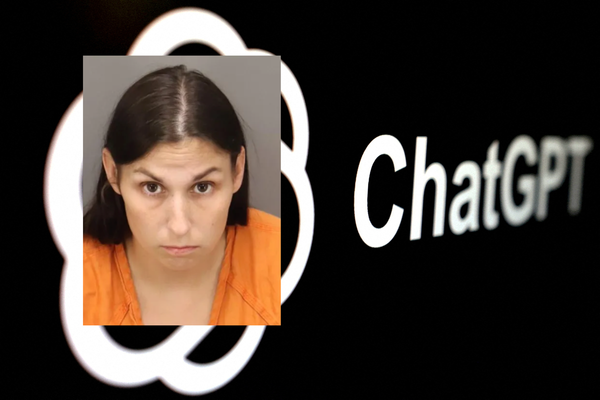

Shortly before the game enters its Early Access period, EA Sports has finally given us our first real look at raw NHL 26 gameplay. The first look was published on the official EA Sports NHL YouTube channel earlier today and is narrated by some of the developers who worked on the title.
So, outside of the few glimpses we’ve been given over the last month or so, what is the gameplay in NHL 26 actually like? Here are the big takeaways.
The Biggest Takeaways From NHL 26’s Raw Gameplay Reveal
If you spent time with NHL 25, you know the LT (vision control) was extremely overpowered and, in turn, was a massive pain point for many players. People were spamming it on zone entries or just LT’ing their way up the ice nonstop.
In NHL 26, that’s been capped. There’s now a speed penalty and speed cap when you lean on LT too much, which makes it less effective for cheesing rushes. On top of that, pivot spamming with the right stick has a consecutive penalty baked in. If you use it once with good timing, you’ll be fine. But if you try to abuse it down the ice, you’ll feel the slowdown.
Hip checks and reverse hits also got a tune-up. Hip checks now factor in how much you’re turning, so if you’re whipping a 180 and trying to throw your body, you’ll lose a ton of power. Meanwhile, reverse hits don’t let players just skate through contact like they’re untouchable anymore. Size, timing, and speed actually matter now, which should make physical play more believable (assuming it works as advertised).
One of the bigger community gripes was the bloated X-Factor system. We touched upon it when the NHL 26 Gameplay Deep Dive was released, but to put it simply, NHL 25 had over 70 X-Factors, many of which were either watered down or completely useless. This year, EA has decided to trim the fat and whittle that number down to 28, all of which are meant to be meaningful and viable. Better yet, the game now makes it obvious when an X-Factor is triggering through UI indicators and unique animations. So long as it doesn’t come with an annoying sound effect that I’ll have to mute on day one, that sounds like a winning idea. The video shown doesn’t have any such sounds, but the volume is muted to allow the devs to talk over it. So, fingers crossed!
Overall, the gameplay looks more or less like what you’d expect from an NHL hockey game, but with a bit more fluidity. And the AI logic seems to be on point for the most part. One part of the video shows some zonal play where the Buffalo Sabres have the Canucks pinned in their own zone, passing the puck around until the right angle for a shot on net presents itself. The defensive coverage looks solid, and the Vancouver players seem to react realistically to where the puck is on the ice. It leads to a goal, but it’s a hardly hit one-timer. Granted, this footage was surely curated by the team, but it’s a solid start.
Other core details, such as 80+ goalie animations and NHL Edge tracking data being used for more realism, were discussed. But, until we actually get our hands on the game, we won’t really know how those play, as it’ll take more than 8 minutes of footage to know.







